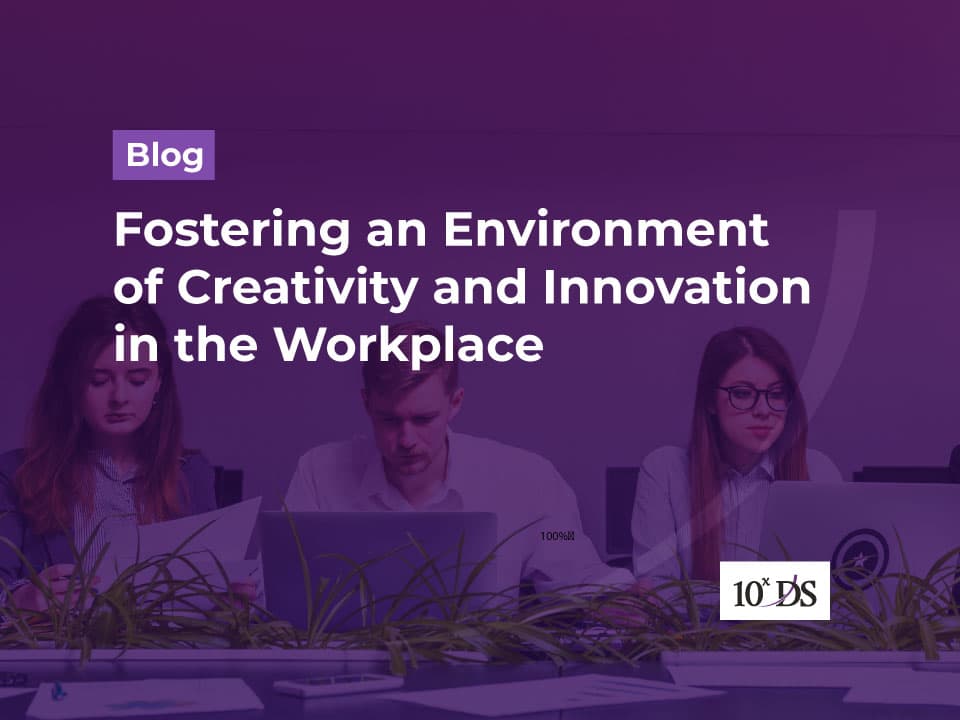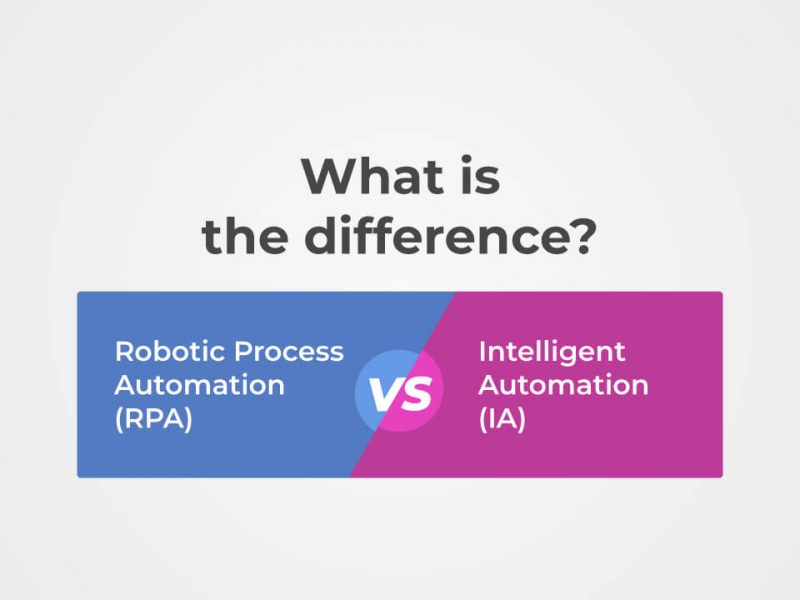
Fostering an Environment of Creativity and Innovation in the Workplace
In the most progressive companies, new ideas aren’t found by luck. They establish a culture in their groups that encourages regular innovative thinking. It is possible to instill creative problem solving into the fabric of any organisation, whether it is a non-profit or a for-profit venture.
Do you believe that the most creative work can only be done in sterile, white cubicles devoid of any personality? Not true. Strangely, this is also a possibility in the job, namely in a cubicle or a meeting room. Hence, it seems that, given the correct environment, originality and invention may flourish anyplace and anywhere. Without a culture that encourages and rewards innovation, a company risks becoming complacent and finding it difficult to compete in today’s global marketplace. As a result, it is important to take an active role in fostering an environment conducive to innovation so that employees are inspired to explore new avenues of product and service development on their own.
If you want to learn why it’s so important to foster an environment that encourages and rewards creative problem solving and new ideas in the workplace, this article is a great place to start.
The part played by leaders in fostering an innovative work environment
The innovation culture encourages all employees, regardless of their level of expertise, to share their thoughts and opinions on how to improve the company’s products and services. Yet, most businesses aren’t making an attempt to foster innovation because doing so means making changes that don’t yield immediate benefits, such as revising internal procedures and redistributing resources.
It’s natural to be wary of trying something new for fear of failure and to opt for the security of tried-and-true methods instead. Nonetheless, this prevents workers from advancing in their careers inside the organisation. Due to the fact that you can never know what will work best for you unless you try it, and life is full of surprises.
Good leaders understand what it takes to foster an environment where people feel safe expressing their creative and innovative ideas without fear of repercussions. In order for them to come up with original solutions to the issues they encounter, you should push them to think beyond the box.
Thus, a leader needs to know how to properly foster a creative environment in the workplace. Leadership decisions and direction have been found to have a 70% impact on culture, with training and engagement initiatives accounting for the remaining 30%.
Therefore, it is incumbent upon business executives to foster an environment conducive to innovation within their organisations. Leaders should plan the best ways to foster a culture of innovation in order to encourage the generation of creative solutions to problems.
Supporting Structures for Creative Thinking
It takes more than a moment for something new to emerge. There must be persistent efforts based on a core set of principles that serve as the foundation for new ideas. These cornerstones are crucial to the company’s efforts to foster an environment that encourages risk-taking and fresh ideas.
1. Processes
Without prior experience, it’s tough to start the innovation process. As innovation implies shift, and workers could be hesitant to try something new. This is why it’s important to construct the proper procedure.
Designing, implementing, using cutting-edge technology, establishing a sound organisational framework, forming a cohesive team, analysing results, and making necessary adjustments are all examples of such procedures.
2. People
One of your biggest assets may be the people you’ve assembled. Therefore, it’s not a matter of statistics but of commitment and motivation. When trying to innovate, it’s important to network with people from outside your organisation who have the necessary knowledge to help you and your team members come up with and try out new ideas. To boost innovation to the next level, it is important to locate the proper talent both within and outside of the organisation.
3. Projects
Building lean teams, doing short sprints, and trying out new approaches to work that will work for your company are all part of a more comprehensive reform of the project management strategy that is necessary to improve output quality.
4. Problems
Truthful innovation addresses pressing issues people actually care about. Hence, as a business owner, you need to guarantee maximum profit with minimal outlay of resources. As a result, you should not treat business innovation as a low priority but rather as one of your company’s top priorities.
5. Priorities
There are several places in a business where you may invest your time and energy to boost productivity. If you want to make sure your innovative endeavours mesh nicely with your company’s long-term plan, you should develop a thesis on innovation and share it with the company’s management.
6. Progress
You must find a practical approach to expanding your company. This can be achieved by establishing quantifiable KPIs and monitoring staff progress towards achieving predetermined business targets.
Just how do we foster an environment where new ideas can flourish?
This article will discuss some of the steps that may be taken to foster an environment that encourages and rewards innovation at work.
1. Establishing definite values and objectives
As a first step towards encouraging innovation on the job, setting specific objectives is essential. To foster originality and innovation, a company has to have a clear sense of the path it wants to take, and this is facilitated by an open discussion of its most important goals and aspirations.
Since everyone is on the same page, it shouldn’t be too difficult for anyone to figure out how to do their jobs and fulfil their duties.
The company’s core principles should be made clear to workers so that they can use them as a compass in carrying out their duties. To foster a wonderful culture of innovation in the workplace, clarity like this aids in the introduction of new ideas and concepts.
2. Imposing a curriculum on workers to acquire new abilities
Some examples of talents that businesses can help their workers acquire include design thinking and issue solving. Staff members’ self-assurance will rise, making them more prepared to deal with whatever difficulties arise during the innovation process at work.
3. 10x Everything
True innovation occurs when an effort is made to increase a factor by 10 rather than by 10%. For instance, Google’s engineering staff uses it as inspiration to develop ground-breaking new ideas and products. When you set your sights on achieving a 10 X result, you’re forced to re-evaluate the idea and push it beyond the bounds of what’s already been done.
4. Customers’ needs are the primary focus
As long as your product has happy customers, that’s all that matters. According to Google, a company’s reputation can benefit greatly from cultivating a loyal following of customers who are enthusiastic about the product. Prioritizing the happiness of your customers will get you on the road to fostering an innovative culture in the workplace.
5. Putting people to work on projects that they’re passionate about
You can’t make people be creative. So, it is impossible to coerce an employee into acting against their will. Work should be allocated to employees strategically, taking into account their individual strengths and areas of interest.
When people are pushed to improve their performance at work, they gain a sense of accomplishment that ultimately benefits the company through increased productivity.
Finding the proper people for these jobs and inspiring them to increase workplace innovation is, therefore, crucial.
6. Setting up effective channels of communication
When it comes to fostering a creative environment at work, effective communication is crucial. Innovation is impossible if there is not a healthy flow of information between people with varied backgrounds and viewpoints.
Only when people are valued and heard can creativity thrive, thus it’s important to foster an environment where they can speak freely and openly about their ideas.
The outside world, including small businesses, multinational corporations, government research institutions, private investors, and educational institutions, must be linked up with as well. This facilitates the sharing of information and insights, which in turn generates new avenues for invention and originality.
7. Using cutting-edge technology and cutting-edge methods can be beneficial
In order to foster an effective culture of innovation, businesses should train their cross-functional teams to use cutting-edge inventive tools and procedures. Hackathons, which are marathon sessions devoted to brainstorming new ideas, have been shown to be highly effective in fostering team spirit, communication, and cooperation, as well as original and innovative solutions to problems.
8. Workplace diversity and inclusion team-building
Collaboration and teamwork throughout different divisions are essential for innovation to occur. So, in such a situation, diversity and inclusion can play a significant role in providing a wide range of ideas, talents, and views among the staff, which can work as an advantage to the process of innovation growth.
9. Need for helpful and healthy Criticism
How can you calculate the true worth of your groundbreaking idea? You can do this by establishing relationships with your target demographics and soliciting honest responses from them regarding the efficacy of your cutting-edge goods and services. Doing so will provide you a crystal-clear picture of what has to be adjusted in order to make your product better.
Indeed, this is a culture of innovation and can serve as inspiration to improve one’s own inventiveness.
10. Motivating workers through recognising and rewarding them
In order to stay ahead of the severe obstacles and intense rivalry that exist in the worldwide market, the company’s personnel are willing to take calculated risks with each new innovation. Employees who make significant contributions to fostering a culture of innovation at work should be rewarded for their efforts in some way, for as through recognition programmes or salary increases.
Employees can be further encouraged to think outside the box by allowing them to take on projects of their own choosing for a set length of time.
11. Paying special attention to creativity when hiring
To get one step closer to innovation, you need the appropriate individuals in your midst. Hence, you may do it early on in the hiring process, when you’re still coordinating with the HR team and specifying your requirements to assist choose the best possible applicants.
Consider incorporating questions designed to test candidates’ ability to think creatively, for instance. It is important to inform new hires about the firm’s vision, the importance of innovation to the company, and their involvement in the innovation process during the onboarding phase.
12. Making an exciting new environment
There is a close relationship between the physical workplace and a culture of invention, thus the atmosphere is important. The result is a shift in perspective that encourages originality and fresh ideas from workers. Hence, a workspace that fosters creativity by providing access to appropriate technologies and dedicated innovation labs is essential.
13. Instilling confidence among employees
Alteration is not a quick process. One must be patient and wait for the desired result to occur. In order for employees to be able to wait for the anticipated cultural transformation with ease and comfort, company leaders must first establish trust inside the organisation before discussing innovation culture.
14. Endorsing the irrational theories
It is not typical for businesses to take chances on ideas that seem unrealistic or impracticable. But, if given the chance, it can occasionally surprise everyone and become a big success. As luck would have it, good fortune can sometimes come knocking in the most inconvenient of situations.
Hence, organisations should provide employees with a fair chance if they propose novel but unrealistic ideas.
15. Taking the pressure off of them and giving them pride in their work
The fear of failure or rejection is one of the main obstacles employees confront on the route to innovation. Employees may experience mental blocks as a result, making it difficult for them to think creatively and give their best work.
Thus, employees should be reassured that failure is a necessary part of the learning process and provided with resources to help them remain patient as they try to achieve their goals.
Providing employees with a sense of control over their job is another effective method of motivation because it boosts morale and, in turn, productivity.
Conclusion
Smarter times lie ahead because of innovation. It takes effort and time to adopt an innovative mindset. Innovation culture, however, can be well-practiced inside an organisation and aid in the transformation of an idea into reality through the sharing of ideas, knowledge, cooperation, and experimentation.
Companies need to establish the conditions that will enable their employees to fully realise their creative potential in order to foster an environment of innovation and creativity in their company. Make it clear that the company values their innovative ideas.
What we believe and how we can help
When you think of our company, Exponential Digital Solutions – 10xDS, think of the idea that the future is better than you imagine it to be now. It’s the belief in 10x that gives us the confidence to invest in 10x people, 10x technology, and 10x possibilities, all of which contribute to our brand’s message of optimism and optimism about the future.
Here at 10xDS, we pride ourselves on our robust and versatile team of skilled individuals who have years of combined experience in business consulting and cutting-edge IT. Talk to our experts and we will assist you in locating digital transformation opportunities and maximising return on investment by utilising exponential technologies!


